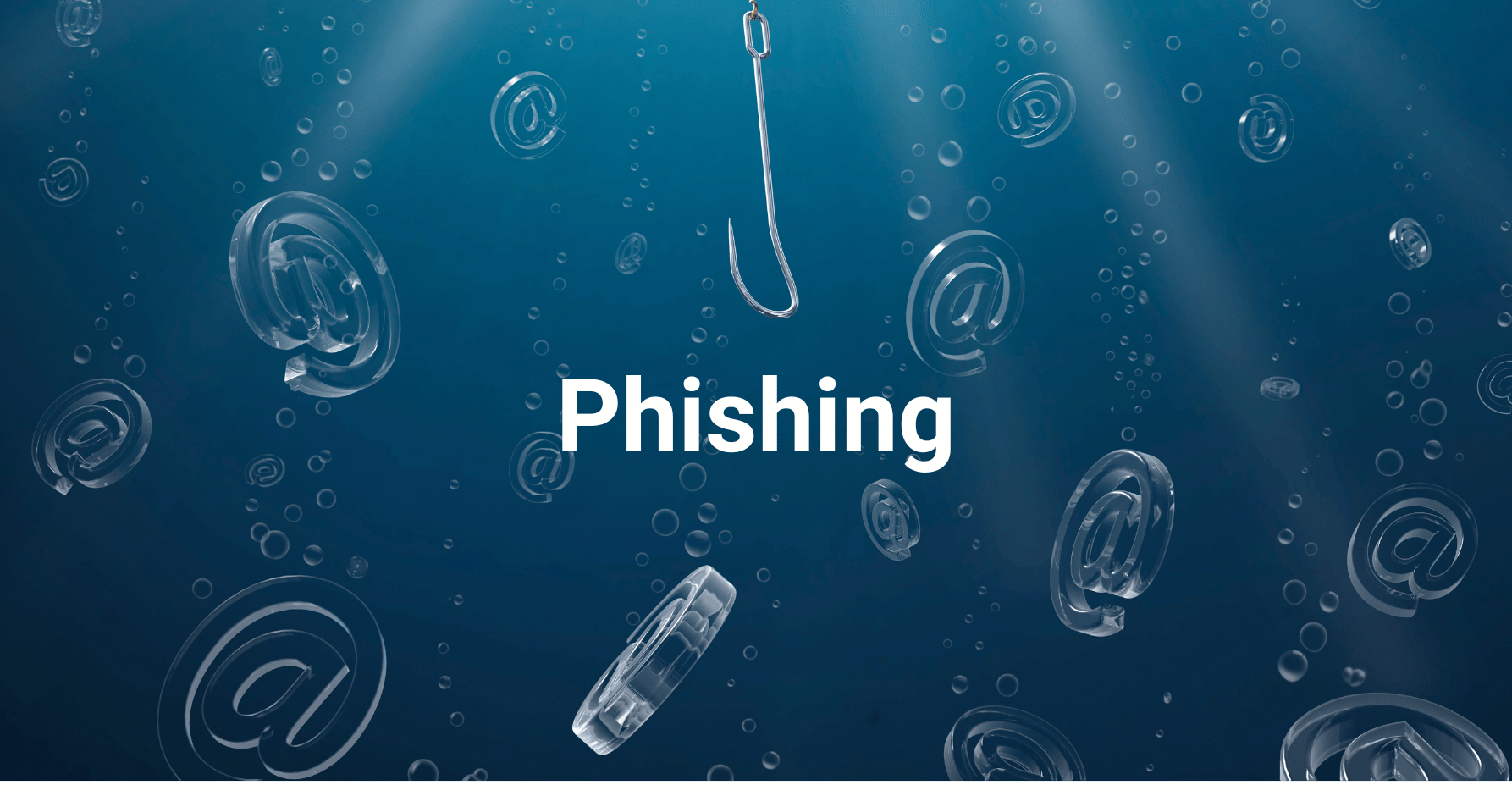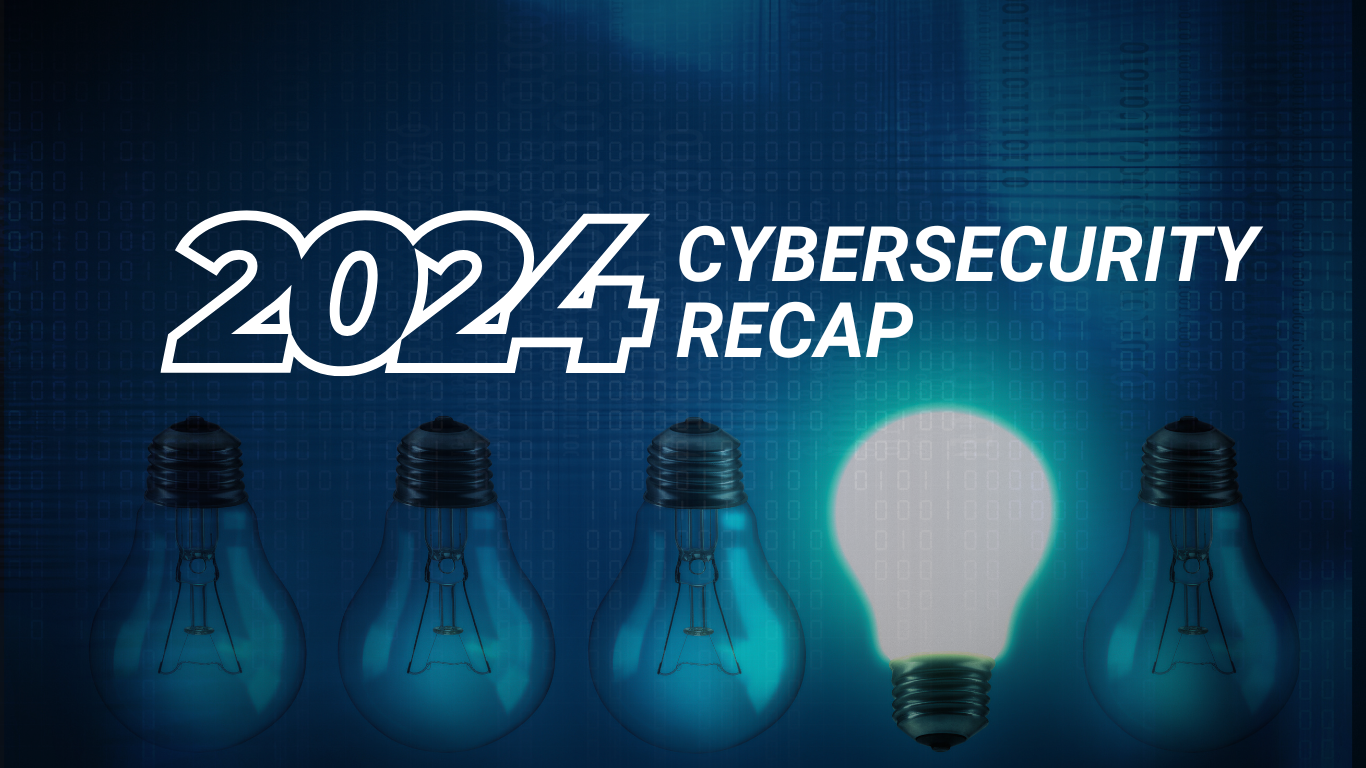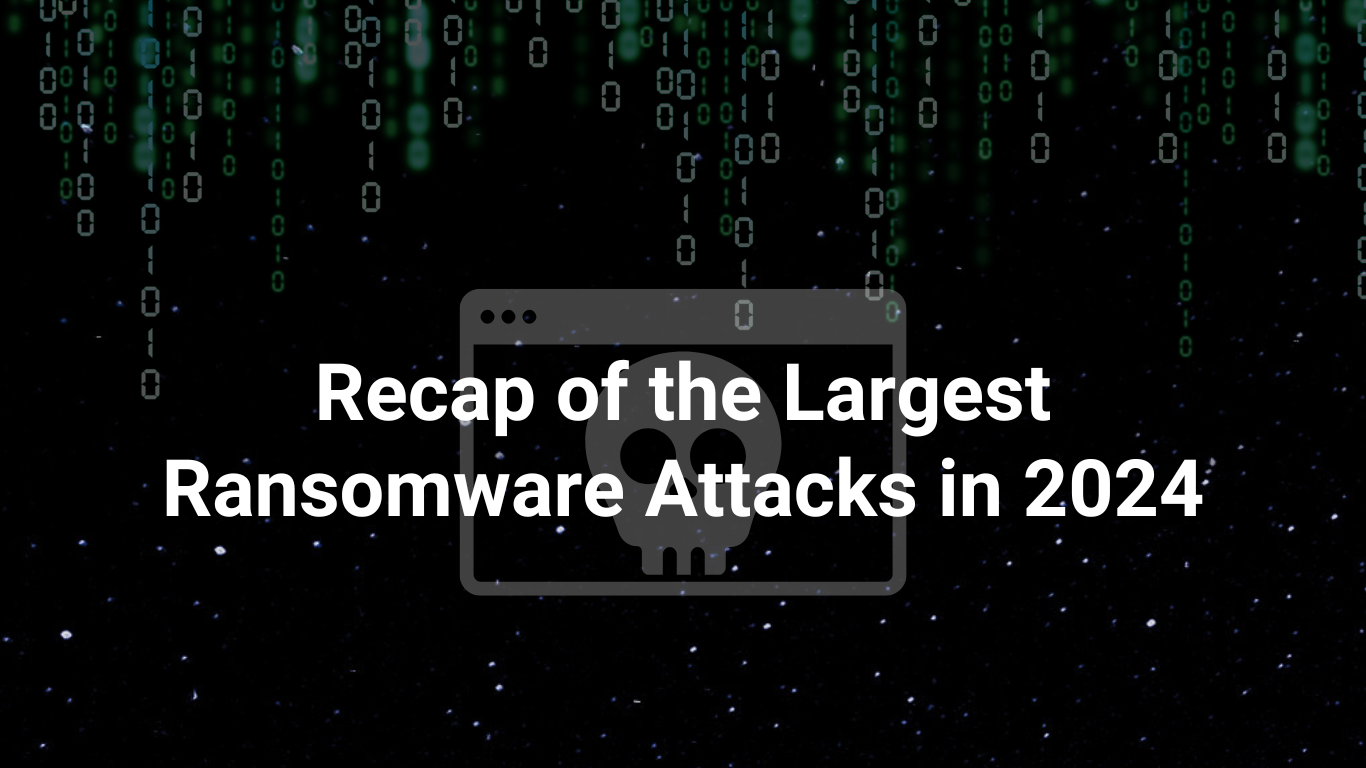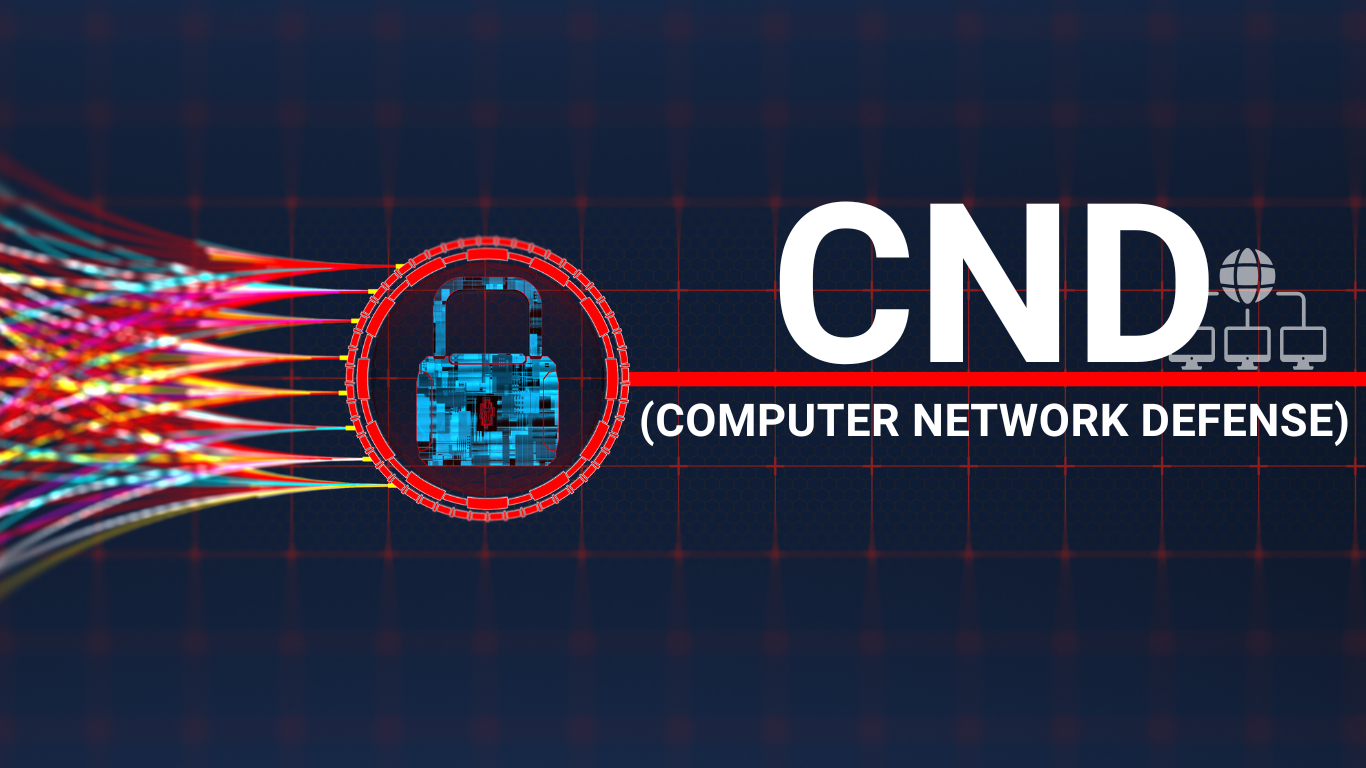How Can MDR Protect Against Phishing Attacks?
 Phishing continues to be one of the most challenging and highly effective attack vectors organizations face. 91% of all cyberattacks start with phishing. Legacy email security solutions, including secure email gateways (SEG), must be more effective in preventing advanced threats, including next-generation phishing. Outdated security awareness training has also contributed to phishing’s success.
Phishing continues to be one of the most challenging and highly effective attack vectors organizations face. 91% of all cyberattacks start with phishing. Legacy email security solutions, including secure email gateways (SEG), must be more effective in preventing advanced threats, including next-generation phishing. Outdated security awareness training has also contributed to phishing’s success.
Organizations wanting to fortify their cybersecurity defenses and increase their continuous monitoring must invest in updated and advanced email, security awareness, and security operations capabilities and services. Managed Detection and Response (MDR) is critical in assisting organizations with phishing attacks. MDR extends its functionality beyond IPS, firewall, and endpoint security.
Forenova, a global managed security services provider (MSSP), expanded its MDR offering to help clients with phishing attack monitoring, incident response, threat detection, and remediation services. Most organizations struggling with retaining security operations engineers (SecOps) will find Forenova’s MDR services essential for data protection, rapid incident response, compliance, and regulatory mandates.
Are All Phishing Attacks Alike?
Phishing attacks have developed from being email-centric to extending to several attack vectors. Often, phishing attacks could involve several methods in a single kill chain attack.
Phishing attacks include:
Domain impersonation Attacks
Domain impersonation attacks often lead to business email compromises (BEC), identity theft, and data exfiltration. Hackers create a lookalike domain like dinsey.com (disney.com) and masquerade as a top company leader to convince the victim to either disclose confidential information or urgently request payment of a bogus invoice. Organizations should enable DMARC, SPF, and DKIM domain authentication to help prevent these types of attacks.
Spear Phishing
Spear phishing is one of the most common email phishing attacks, and it focuses on targeting a specific individual or a small group within an organization. These well-crafted emails often use content on social media sites like LinkedIn to help jump-start an email conversation. Security awareness training is still one of the most effective tools to help reduce the risk of spear phishing. Enabling artificial intelligence (AI) and machine learning (ML) also helps detect and block spear phishing email messages.
Whaling Attack
Like spear phishing attacks, whaling focuses specifically on CEOs and heads of state. Hackers targeting CEOs use extortion tactics, ransomware malware, or impersonation attacks.
Vishing
Vishing attacks continue to rise specifically against older people, students, and small businesses. Hackers will call directly into the victim or leave a threatening voicemail claiming to be from the Internal Revenue Service (IRS) or the Federal Bureau of Investigation (FBI) demanding they provide access to their bank accounts, passport numbers, and current home address. Most people receiving these calls, including older people, panic and often give up their personal information. Security awareness training is essential to help educate users on vishing attacks.
Smishing
Like vishing, smishing attacks continue to be an enormous problem. Hackers send rogue SMS messages with malicious links, encouraging their victims to click on them. These links could lead the victim to a password-changing site or download malware on their device. Security awareness training, along with updated antivirus, anti-malware, and anti-phishing tools on the device, also helps stop these attacks.
Social Engineering
Social engineering is the umbrella term for all phishing attacks. Hackers use content from a social media site to call or text their victims or send impersonation emails. Social engineering is the most challenging phishing attack vector. Preventing social engineering starts with security awareness training, inbound email filtering powered by AI, and outbound data loss prevention (DLP) to stop files from being sent to hackers.
What Percentage of German and EU Companies Became Phished in 2023?
Based on research from the March 2024 Statista Research Department, 31% of German companies encountered phishing attacks in 2023. During that year, common cyberattacks against German companies included malware infections, password attacks, and digital data theft.
-
“Germany experienced ransomware attacks (52%) and denial-of-service attacks (43%). Four ransomware attacks reported data breaches totaling 896 GB, allegedly affecting companies such as Nexiga GmbH, NIDEC GPM Group, Unfallkasse Thüringen, and WKW Automotive.”
-
The UK had the highest number of breaches in Europe, mainly because of ransomware attacks, denial-of-service attacks, and human error.
Most attacks on Ukraine were denial-of-service and phishing attacks, mainly from Russia and targeting critical infrastructure. Only one attack was not on a critical infrastructure organization: a ransomware group that stole 1.9 TB of data.
What Are the Common Phishing Attacks in 2024?
Email phishing, social engineering, and vishing continue to be the most common phishing attack methods. What will be the most common targets in 2024?
Supply Chain Attacks
Hackers targeting global shipping and logistics companies will use various phishing techniques and conventional weapons. In recent months, Houthi rebels in Yemen have continued to attack shipping in the Red Sea and launch cyberattacks against Israel and global shipping firms.
Software supply chain attacks, including well-known open-source exploits like Log4j, demonstrate the vulnerabilities organizations continue to face. Software developers leverage secure software development life cycle (SSDLC) processes to help protect their source code and third-party dependencies. However, even with an SSDLC strategy, sophisticated threats against software supply chains from malicious attacks bypass security protection controls, including real-time threat monitoring.
“Gartner Inc. predicts that by 2025, 45% of global organizations will face supply chain attacks, emphasizing the importance of securing software supply chains to prevent security gaps.”
The Human Element

Users are the hacker’s target. Compromising a user leads to financial fraud, an entry point into their user’s organization network, and a continuous target through extortion. Organizations wanting to reduce the human element risk regarding cybersecurity risk struggle with balancing between too many automated controls and providing less stringent security user acceptance policies.
Users who feel their organization restricts their ability to send emails, access specific internet websites, or block the use of social media will often bypass corporate security tools. Users who feel empowered follow corporate security policies and are more likely to stop social engineering and phishing attacks.
Online Fraud Affecting Germany and the EU
Account takeover and triangulation fraud are two effective attack methods that result from a successful phishing attack. Phishing attacks help hackers get their victims’ banking credentials, email account passwords, and credit card information.
Here is a breakdown of these two fraud methods:
Account Takeover Fraud
Account takeover fraud happens when a criminal enters a user’s eCommerce store account. They may buy stolen passwords or personal info on the dark web or use phishing to trick customers. Once they’re in, they can do fraudulent things like change account details, buy stuff, withdraw money, and access other accounts.
Triangulation Fraud
Triangulation fraud occurs when scammers create fake websites offering cheap goods that either don’t exist or are never delivered.
- In 2023, companies in Germany experienced significant financial losses because of cybercrime and legal disputes. The least amount of economic loss attributed to fraud attempts.
- In 2023, online fraud losses in the EU were estimated to be over €19.2 billion, with 1,927 active investigations by the EPPO. Additionally, they filed 139 indictments, a 50% increase from 2022.
Intellectual Property
This type of security breach is prevalent across all sectors. Stealing intellectual property, including trade secrets, research information, medical records, and manipulating financial records starts with a successful phishing attack.
Critical Infrastructure
Like intellectual property, phishing attacks against critical infrastructure are widespread and practical. Critical infrastructure, such as power grids, is now more interconnected and complex than ever. Cybercrime now targets public institutions and critical infrastructure worldwide, leading to widespread consequences.
What is the Role of Managed Services in Phishing Prevention?
Managed services offerings are essential for SME, education, and mid-enterprise firms to help with various cybersecurity protection needs. MDR offerings need to entail several protection layers to help stop phishing.
These protective layers include:
- MDR firms will offer a managed advanced email security platform powered by Artificial intelligence and machine learning.
- Enable and maintain DMARC, DKIM, and SPF settings for domain protection.
- MDR firms offer 24x7x365 incident response to all security events, including phishing, DoS, and other cyber events.
- Provide monitoring services and reporting to align with various EU compliance and privacy regulations, including DORA, NIS2, and GDPR.
- Provide monthly and quarterly security awareness training events.
- Execute scheduled and unscheduled email phishing simulation campaigns to measure training cybersecurity protection and response capabilities.
- Execute smishing, social engineering, and vishing simulation attacks measure the effectiveness of the security awareness training designed to risk the attack vectors.
What Are the Benefits of Using an MDR Service for Phishing Protection?
Organizations needing to meet compliance mandates, cyber insurance requirements, and European Union privacy laws benefit significantly by leveraging MDR services by firms like Forenova. Defending against phishing requires more than a single security device and static awareness training.

Why Forenova Security for MDR Phishing Preventing Services?
MDR services from Forenova align strongly with clients’ desire to stay ahead of phishing attacks. Organizations choosing an MDR service from Forenova now can free up valuable financial and human capital for other business purposes.
Forenova’s cost-effective model and flexibility in their MDR services help organizations meet their requirements without overspending on services or protection solutions that do not align with their security and compliance objectives.
Forenova Security is a leading provider of cybersecurity services and MDR offerings. For organizations seeking a partner to augment their current security operations (SecOps) team or provide complete 24/7 monitoring and response, threat intelligence, and other cyber defense tools, Forenova Security has access to experienced engineers to meet their business and compliance goals.
Contact us today to discuss your cybersecurity MDR strategy, compliance, and operational management needs.

 “
“ The UK had the highest number of breaches in Europe, mainly because of ransomware attacks, denial-of-service attacks, and human error.
The UK had the highest number of breaches in Europe, mainly because of ransomware attacks, denial-of-service attacks, and human error. Most attacks on
Most attacks on 




